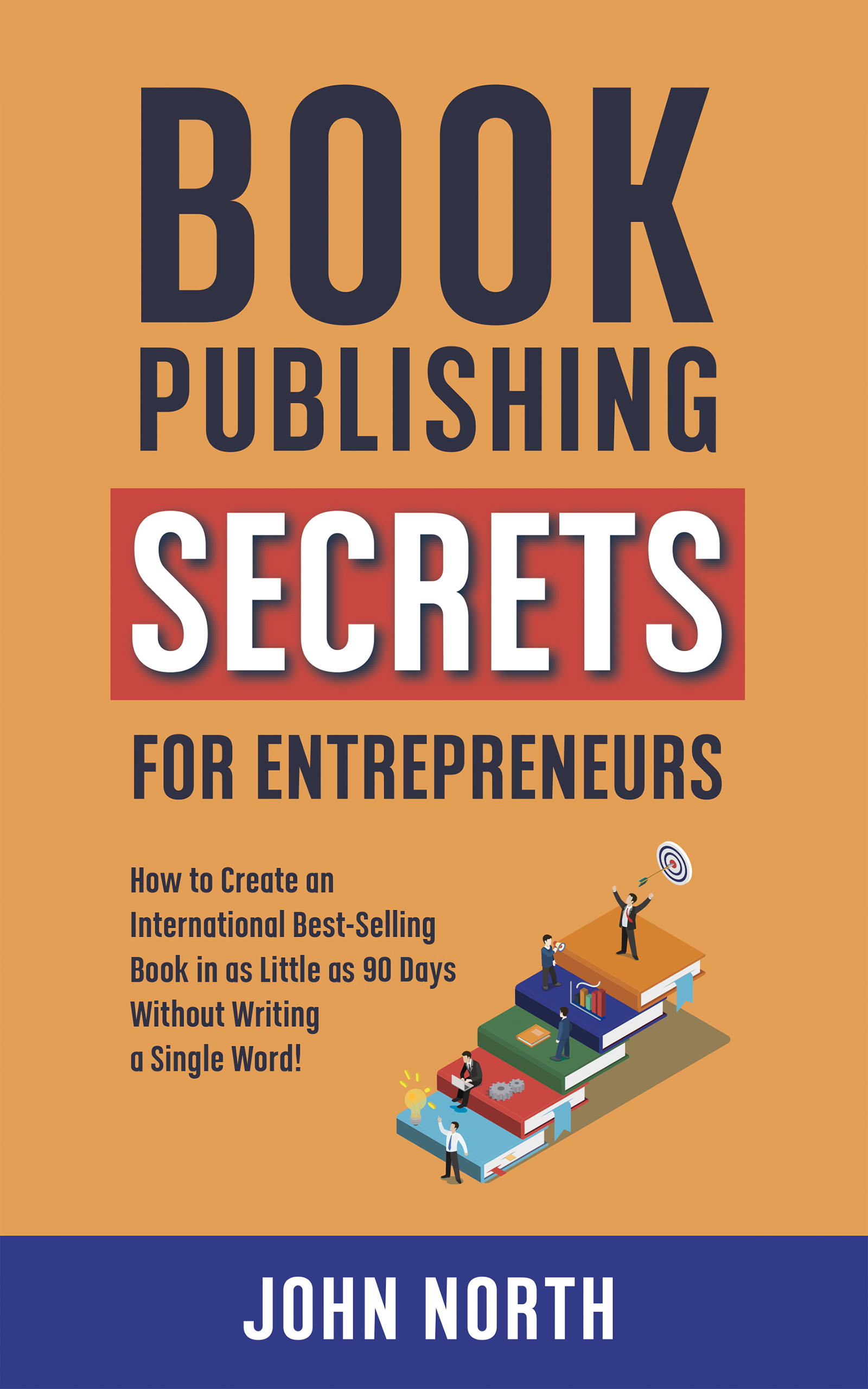The Game of Squash: 5 Easy Ways to Improve Your Game and Win More Matches
by John North,James Ethan,Brendan Limbrey,Kathy Roorda,Garry Pedersen,Steve Walton
GRAB A COPY HERE: https://evolveglobalpublishing.com/show-book/B018JXYRE4
- Comprehensive Guide to Squash: The book aims to be an all-encompassing resource for squash players of all levels, from beginners to advanced players. It covers a wide range of topics, including the history of squash, equipment selection, game rules, strategy, injury prevention, nutrition, and personal development.
- Passion for Squash: The authors' deep passion for squash is evident throughout the book. They believe in the addictive nature of the sport and aim to inspire readers to embrace squash as a valuable part of their lives.
- Practical Advice for Improvement: The book emphasizes practical tips and techniques to help players enhance their skills and achieve better results. It delves into various aspects of the game, including stroke technique, fitness, game strategy, and mental focus.
Key Ideas and Facts:
History of Squash:
- Squash originated from a game called "rackets" played in confined spaces of London's Fleet Prison in the 1830s.
- The rules varied between towns and the game eventually spread to monasteries.
- The Dutch invention of the racquet in the 15th century led to the development of tennis, which became popular in Europe and its colonies.
Squash and the Olympics:
- Squash has been attempting to become an Olympic sport since 1992, but hasn't yet succeeded.
- The authors are optimistic about squash's chances for inclusion in the 2020 Olympic Games.
Squash Basics:
- Choosing a Club: The book recommends visiting different clubs and observing aspects like court availability, player friendliness, coaching options, parking, and overall club culture before committing.
- Choosing a Racquet: Racket weight, throat type (open or closed), and balance point are important factors to consider based on player skill and playing style.
- Squash Balls: Different types of squash balls exist, with professionals using double yellow dot balls – the slowest and requiring a hard hit to warm up. Beginners often use blue dot balls, which have the highest bounce.
Game Rules and Safety:
- Scoring: The book introduces the point matrix system, where players gain or lose points based on their performance against opponents of different rankings.
- Court Safety: The book emphasizes being aware of one's surroundings on the court and prioritizing safety. Calling a "let" is encouraged if there's a risk of hitting the opponent with the ball or racket.
Preventing and Treating Injuries:
- Featured Contributor: Brendan Limbrey, an APA Sports Physiotherapist, provides insights on injury prevention and treatment specific to squash.
- Warm-up: Importance of warming up before playing, with examples provided like jogging, grapevine movements, squats, lunges, and gradually increasing the intensity of hitting the ball.
- Common Injuries: The book discusses common squash injuries like patellofemoral pain, ankle sprains, and Achilles tendinopathy, explaining their causes and treatment approaches.
Improving Your Game:
- 5 Easy Steps: The book outlines five steps to improve one's game: preparation, game strategy, fitness, shot making, and fundamental strokes.
- Importance of the T: The "T" is the center of the court and players should aim to return to this position after each shot for optimal court coverage.
- Shot Making: The book details various shots like drives, drops, volleys, boasts, and the three-wall fadeaway, providing descriptions and strategic applications.
- Game Strategy: Players should analyze their opponents' strengths and weaknesses to exploit them effectively. It's crucial to maintain an offensive mindset, dictate the game's tempo, and vary shot selection.
- Individualized Training: The book encourages players to identify their weaknesses and develop personalized training plans to address them.
Nutrition:
- Featured Contributor: The book includes insights from a Naturopathic Practitioner on healthy eating habits for squash players.
- Focus on Whole Foods: The importance of consuming whole, natural foods is emphasized.
- Sample Menu Plans: 7-day sample meal plans are provided, showcasing healthy breakfast, lunch, dinner, and snack options for squash players.
World Squash Player Journey:
- Interview with Steve Walton: Steve, a former top 100 squash player, shares his journey in the sport, from starting as a junior to competing internationally.
Quotes:
- "Most people think there is only one type of squash game but, as James discovered - with some imagination and creativity many exciting variations can be created to keep players interested and motivated." - This quote highlights the book's aim to introduce readers to various game variations and inspire creativity within the sport.
- "At all times be offensive. The game of Squash has known many so-called “great getters,” but they invariably have succumbed to “purposeful power” and the aggressively angled shots of players with the burning desire to win, “the killer instinct” that spurs the great players to go all out for every point." - This quote emphasizes the importance of maintaining an aggressive and offensive mindset to achieve success in squash.
Overall, "The Game of Squash" appears to be a valuable resource for anyone interested in learning more about squash or taking their game to the next level. The book's comprehensive approach, practical advice, and motivational tone make it a compelling read for both novice and experienced players.
Squash FAQ
Basics
1. What are the different types of squash balls?
There are several types of squash balls designed for different levels of play:
- Double Yellow Dot: The slowest and most commonly used ball in professional matches. It requires a hard hit to warm up and achieve optimal speed.
- Single Yellow Dot: Slightly bouncier than the double yellow dot and used in regular competitions.
- Blue Dot: The bounciest of the standard-sized balls, ideal for beginners.
- Oversized Balls: Larger than standard squash balls with thinner rubber, making them easier for school programs and complete beginners to learn with.
2. How do I choose the right squash racket?
Choosing a squash racket depends on your skill level and playing style. Here are some key factors to consider:
- Weight: Lighter rackets (around 150 grams or less) offer greater control and feel, making them suitable for most players, especially beginners.
- Throat Type:Open throat: Features a larger stringbed and sweet spot, providing a more forgiving experience for beginners.
- Closed throat: Offers a smaller stringbed and sweet spot, typically preferred by experienced players seeking greater precision.
- Balance Point: The balance point, measured in centimeters, affects power and maneuverability. A head-heavy racket generates more power, while a head-light racket offers enhanced control and maneuverability.
It's recommended to visit a local squash court to test different rackets before purchasing.
3. What is the T in squash and why is it important?
The "T" in squash refers to the marked area in the center of the court where the service boxes intersect. It's a crucial strategic point for several reasons:
- Central Location: It offers the shortest distance to reach any part of the court, making it the optimal position to cover the court effectively.
- Dominant Position: Controlling the T allows you to dictate the pace and direction of rallies.
- Recovery Position: Players aim to return to the T after each shot to prepare for the next.
4. What are some common squash injuries and how can I prevent them?
Squash is a physically demanding sport that can lead to various injuries. Some common ones include:
- Patellofemoral Pain: Pain around the kneecap, often caused by weak hip and thigh muscles, overuse, or tight surrounding muscles.
- Achilles Tendonitis: Inflammation of the Achilles tendon, typically caused by overuse, improper footwear, or tight calf muscles.
- Lower Back Pain: Strain or sprain in the lower back, often caused by poor technique, weak core muscles, or overuse.
To prevent injuries, focus on:
- Proper Warm-Up: Prepare your body for the demands of the game with dynamic stretches and light hitting.
- Correct Technique: Use proper technique for swings, footwork, and movements to minimize stress on joints and muscles.
- Strengthening Exercises: Incorporate exercises that target key muscle groups used in squash, such as core, legs, and shoulders.
- Adequate Rest: Allow your body sufficient rest and recovery time between matches and training sessions to prevent overuse injuries.
Gameplay
5. How does the scoring work in squash?
The traditional scoring system in squash, known as PAR (Point-a-Rally), awards a point to the player who wins each rally, regardless of who served. A game is typically played to 11 points, with the winner needing to win by at least two points. Matches are often best of three or five games.
Some leagues use a point-per-game (PARG) scoring system where a point is only awarded to the server if they win a rally. A game is generally played to 9 points, and the server only receives a point if they win the rally.
6. What are some basic squash strategies for beginners?
Here are some basic strategies to help beginners improve their game:
- Control the T: Aim to return to the T after each shot to maintain a central court position and cover the court efficiently.
- Hit Deep and High: Force your opponent to the back of the court with deep shots, while high shots buy you time to recover to the T.
- Vary Your Shots: Keep your opponent guessing by mixing up your shots with different lengths, angles, and speeds.
- Exploit Weaknesses: Observe your opponent's movements and shot selection to identify and exploit any weaknesses.
- Stay Patient: Don't go for winners on every shot. Instead, focus on consistency, accuracy, and forcing errors from your opponent.
7. How can I improve my volley in squash?
Improving your volley technique is essential for controlling the pace and direction of rallies. Here are some tips:
- Early Preparation: Get your racket up early and be prepared to react to the ball's trajectory.
- Short Backswing: Use a compact backswing to maintain control and react quickly.
- Firm Wrist: Keep your wrist firm on contact to impart power and accuracy.
- Aim for Targets: Visualize specific targets on the front wall and aim for them.
- Practice Drills: Engage in volley drills to improve your hand-eye coordination, reaction time, and accuracy.
8. How important is fitness in squash and how can I improve mine?
Squash is a physically demanding sport requiring high levels of fitness. Key aspects include:
- Cardiovascular Endurance: Sustained rallies demand efficient oxygen utilization and stamina.
- Agility and Speed: Quick movements and rapid changes in direction are crucial for covering the court effectively.
- Strength and Power: Hitting powerful shots and maintaining court coverage require adequate muscle strength.
To enhance your fitness for squash:
- Interval Training: Alternate between high-intensity bursts and short recovery periods to improve cardiovascular fitness and mimic the demands of squash rallies.
- Footwork Drills: Incorporate footwork drills specific to squash, such as ghosting, to improve agility, speed, and court coverage.
- Strength Training: Include exercises that target major muscle groups used in squash, such as squats, lunges, push-ups, and core work.
- Flexibility and Mobility: Enhance your range of motion and prevent injuries with regular stretching, focusing on areas like hamstrings, hip flexors, and shoulders.






